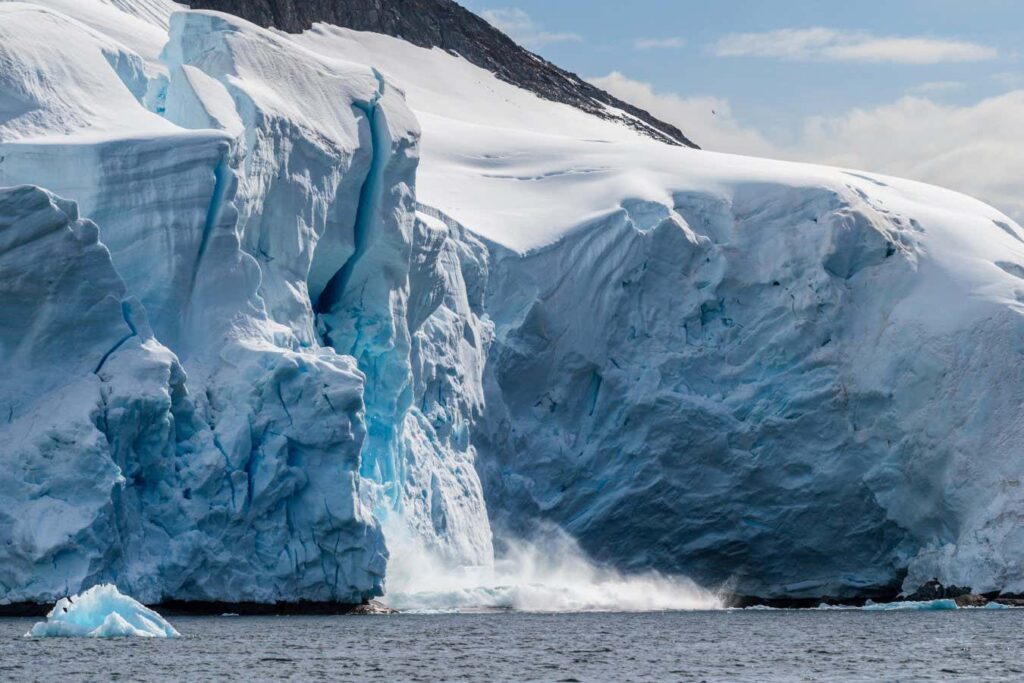Scientists are sounding the alarm about a significant climate shift in Antarctica, indicating that the region may have crossed a critical point of no return regarding climate change. Since 2016, there has been a notable decline in sea ice formation, which correlates with human-induced ocean warming. For years, Antarctic sea ice levels remained stable, but February 2023 marked a record low, comprising the third consecutive summer of reduced sea ice within seven years.
Researchers gathered to explore whether these alterations represent a decisive turning point. Historically stable sea ice patterns now exhibit extreme fluctuations; the probability of minimum sea ice levels occurring is under 0.1%, according to data analysis.
The rapid decline in sea ice is attributed to changes in the climatic and oceanic systems, significantly impacted by warming deep seawater—absorbing 90% of excess atmospheric heat due to human activity. Factors such as wind speed and marine salinity have weakened the barrier separating warm seawater from the surface, facilitating its rise and enhancing ice loss.
This decline poses severe risks, including the destabilization of land glaciers and ice sheets, which could result in catastrophic sea level rise—potentially by up to 58 meters if the Antarctic ice sheet melts fully. Additionally, the loss of reflective ice increases heat absorption from the sun, exacerbating global warming. There are concerns about the release of significant carbon stores from deep seas into the atmosphere as warming continues. As scientists strive to improve their models and understanding of these climate feedback mechanisms, the urgent need for action becomes evident.
Source link


